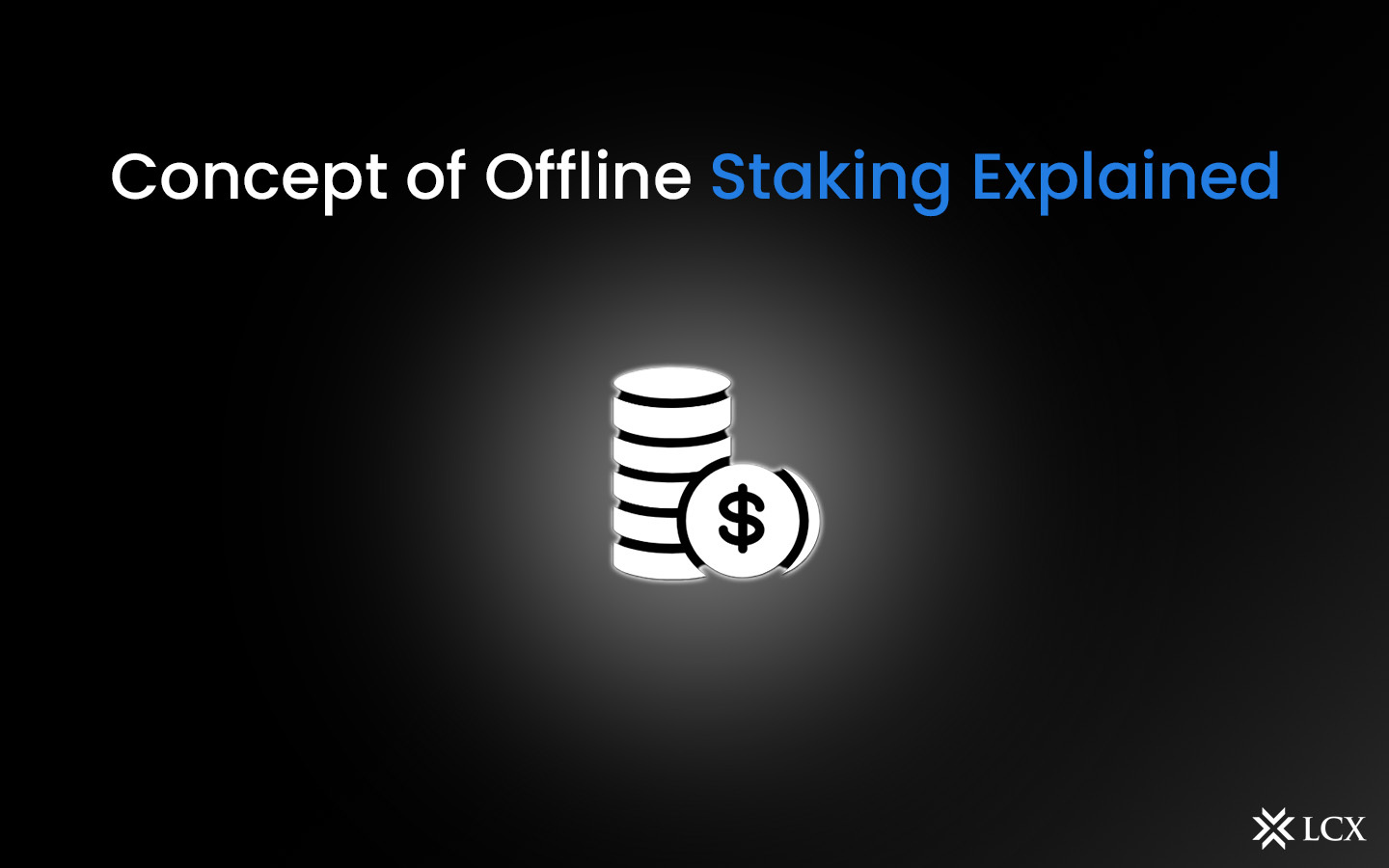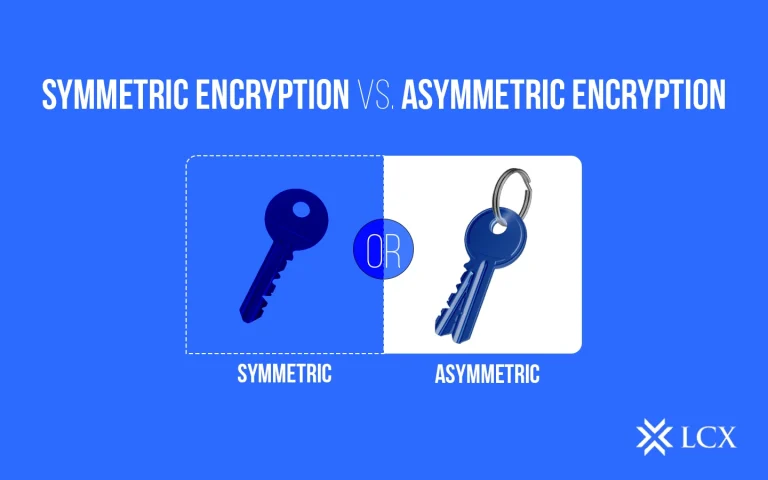Offline staking, also known as cold staking, is a method employed in proof-of-stake (PoS) blockchain networks to ensure that the private keys of the staked tokens remain undisclosed to the online network.
The PoS consensus mechanism is utilized by particular blockchain networks to validate transactions and protect the network. Validators are selected to validate transactions and generate new blocks in a proof-of-stake system according to the quantity of tokens they possess and are prepared to “stake” as collateral.
On the contrary, proof-of-work systems, exemplified by Bitcoin, depend on miners to generate new blocks and validate transactions by employing their computational capabilities to solve complex mathematical riddles.
Offline Staking vs. Traditional Staking
Traditional staking participants frequently engage in the consensus and validation procedures of the blockchain by securely depositing their funds in an online wallet that is connected to the network. Conversely, offline staking introduces a novel methodology wherein individuals can stake their digital assets in the absence of an internet connection.
Offline staking allows users to delegate their staking responsibilities to a staking pool, which is a third-party validator, while their funds remain securely stored in cold storage. By reducing the quantity of capital that is susceptible to online threats, this critical differentiation enhances the security of offline staking.
However, it also relinquishes some authority and control over the decisions of conventional stakeholders. A number of factors, such as technological proficiency, security considerations, and the requirement for continuous network engagement, impact the determination between offline and conventional staking.
Security Measures in Offline Staking
Offline staking implements a range of security protocols, including multi signature wallets and cold storage, to guarantee strong security by means of routine updates.
A common method is to utilize cold storage, which stores wallet data and private keys offsite to reduce susceptibility to internet threats. In addition to their security features, hardware wallets are extensively utilized because they provide a physical device to store private keys and protect against phishing and malware.
Moreover, through the physical segregation from the internet and the restriction of potential assault pathways, air-gapped systems provide an extra level of security. Ensuring the secure generation and storage of encryption keys and passwords underscores the criticality of implementing secure initialization and setup procedures.
Consistent software updates are critical for maintaining security as they repair known vulnerabilities and provide protection against potential threats. It is critical to monitor the activities of the staking node in order to detect potential security issues and suspicious activity in a timely manner.
Security is enhanced by employing multisignature wallets, which require the use of multiple private keys to authorize transactions. Reinforcements to perimeter defenses against external threats comprise resilient network security mechanisms such as intrusion detection systems, firewalls, and virtual private networks. Staking funds may remain accessible in the event of hardware failures or unforeseen complications, as regular backups of wallet data and private keys are implemented.
Further emphasis is placed on the verification of wallet addresses and the utilisation of secure channels for transactions in order to guarantee the security of token transfers from standard wallets to staking wallets. Through the implementation of these security measures, participants will be able to effectively mitigate the risks associated with offline staking and protect their staked assets against vulnerabilities and unauthorized access.
How Does Offline Staking Work?
Blockchain-based offline stake enables cryptocurrency owners to participate in the validation and consensus processes of the network without maintaining their funds online at all times.
Users contribute a third-party staking node, which is commonly operated by a staking pool, to verify transactions and produce fresh blocks as part of this staking mechanism. Offline staking operations and secure private key storage are the primary innovations.
By storing their staking assets in hardware wallets or cold storage alternatives, participants reduce the exposure to online hijacking attempts. To initiate offline staking, users are required to establish a staking wallet and generate a staking node, which should contain details regarding the network connection and security configurations.
Furthermore, participants demonstrate their intend to engage in staking activities by transferring a pre-established number of tokens from their primary wallet to the staking wallet. The staking node presently participates in the consensus procedure.
By participating, individuals obtain staking benefits, which are typically additional tokens. Offline staking attracts users intrigued by the prospect of earning rewards while maintaining asset security, as it reduces susceptibility to online threats.
How Are Staking Rewards Distributed in Offline Staking?
In offline staking, the allocation of staking rewards generally adheres to a pre-established protocol established by the blockchain network.
A user’s delegation of tokens to a validator results in that validator gaining control over the total quantity wagered. The validator participates in the process of block generation and validation on behalf of the delegators. The validator is entitled to a fraction of the block rewards as compensation for their efforts and the delegated stakes they contribute.
Following this, the delegators are granted the offline staking rewards in accordance with the staking pool’s specific reward distribution mechanism. In general, this model takes into account factors such as the duration of each participant’s staking commitment and the total number of tokens staked by each individual.
Certain networks employ a performance-based approach to compensate participants in accordance with the validator’s efficiency and successful block validation. Conversely, other networks may choose to implement a proportional distribution strategy, wherein delegators are remunerated in accordance with their stake percentage.
Benefits of Offline Staking
Among the numerous benefits that offline staking provides are increased convenience and security for cryptocurrency holders.
The enhanced security achieved through the implementation of hardware wallets and cold storage is one of the primary benefits. Users can reduce the likelihood of hijacking attempts by staking funds offline, thereby limiting their exposure to online threats.
In addition, offline staking allows users to achieve a balance between safeguarding their assets and earning rewards. This is achieved by delegating staking duties to third-party nodes, which maintain complete control over the users’ holdings. This methodology provides clients with autonomy and convenience by permitting them to place bets on their cryptocurrency without the need for uninterrupted internet access.
Offline staking enhances the environmental friendliness and sustainability of blockchain validation by enabling user participation in consensus processes without the need for energy-intensive mechanisms. This is consistent with the increasing worldwide focus on environmentally sustainable and energy-efficient methods in the cryptocurrency industry.
Risks Associated With Offline Staking
Due to the potential loss of rewards, the requirement for technical expertise, and the dependence on third-party nodes, offline staking presents risks that users should thoroughly contemplate, despite its increased flexibility and security.
When responsibilities are delegated to unaffiliated nodes, the potential loss of staking benefits is a major concern. Users must meticulously select dependable staking pools or nodes in order to guarantee dependability and fair reward allocation.
A violation of offline storage methods, such as cold storage or hardware wallets, could result in the loss of staked assets; therefore, their protection is crucial. Additionally, the intricacy of installation and administration may pose a hindrance for users with limited experience, as it requires technical proficiency.
Additionally, failure to promptly adapt to changes in staking parameters or network upgrades could potentially undermine the overall effectiveness of offline staking strategies. Notwithstanding these hazards, offline staking continues to be an appealing alternative for individuals in search of a harmonious coexistence of security and passive income in cryptocurrency, provided that it is approached with prudence and accords with established protocols.










